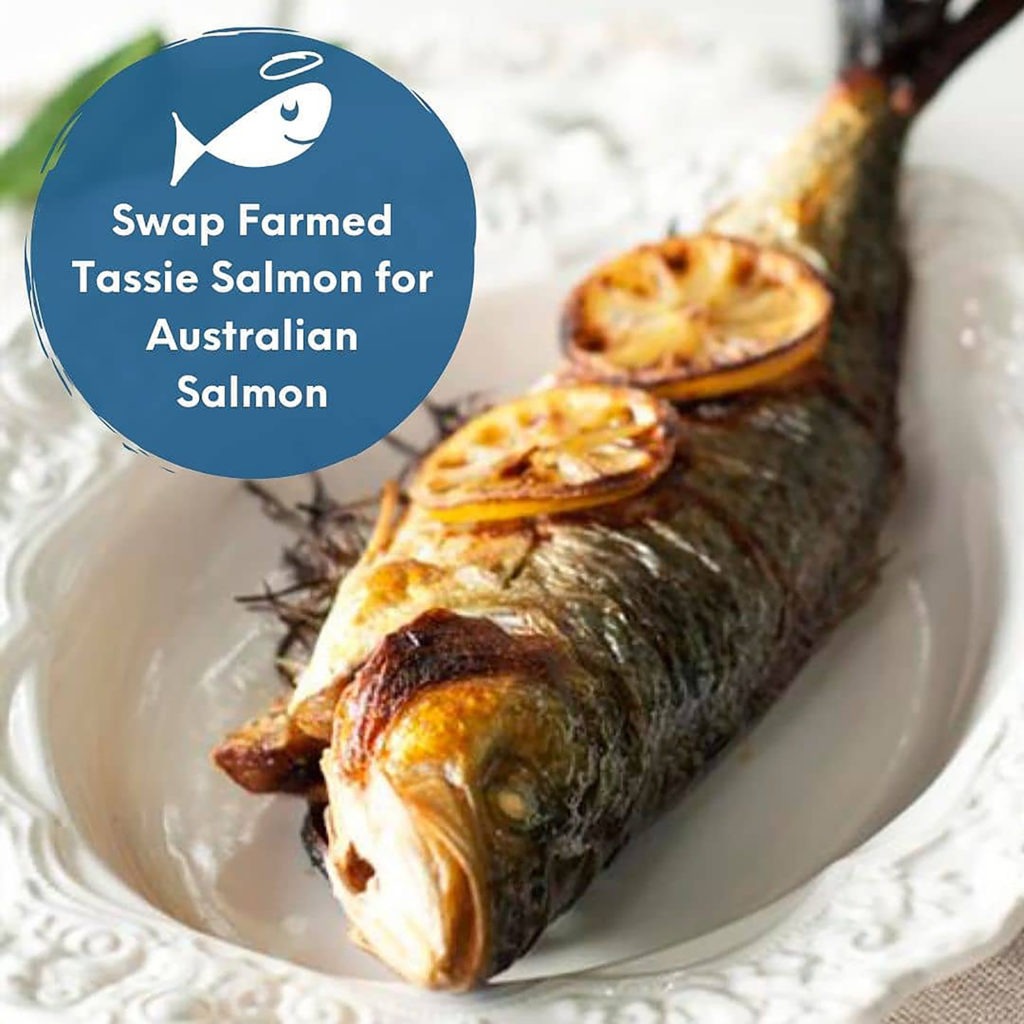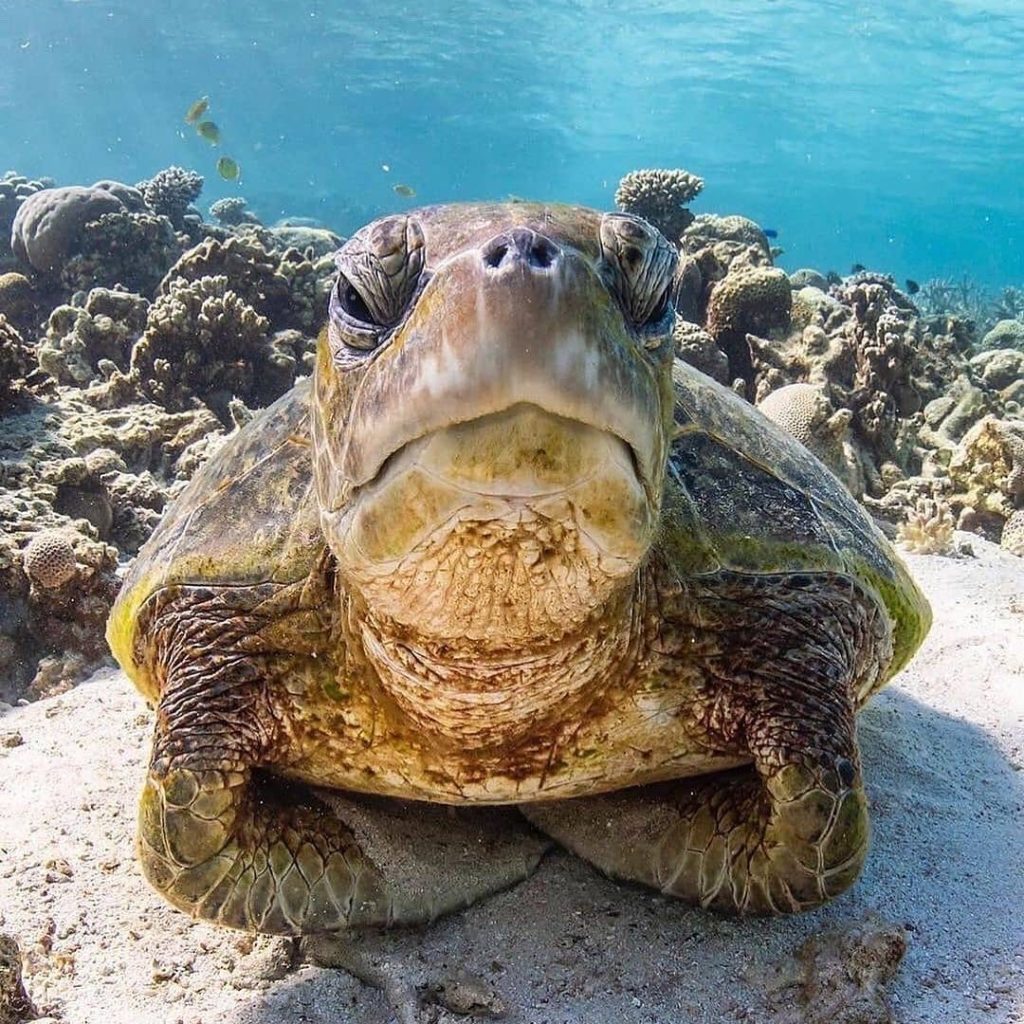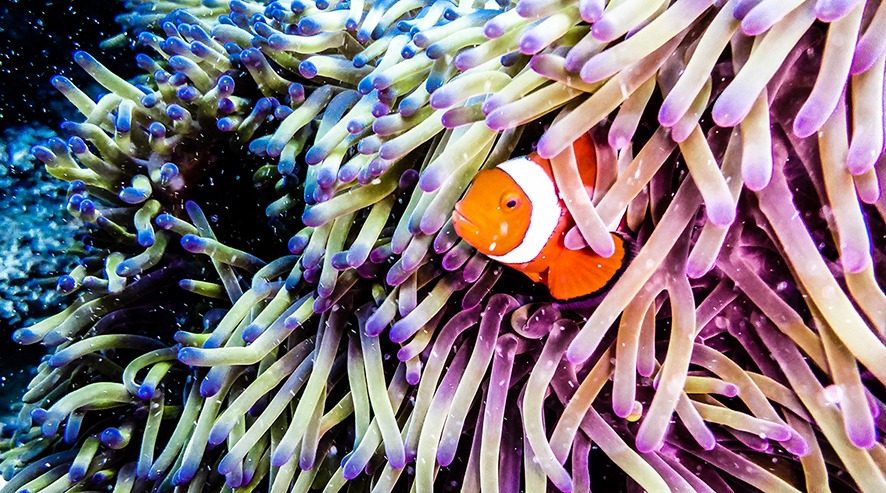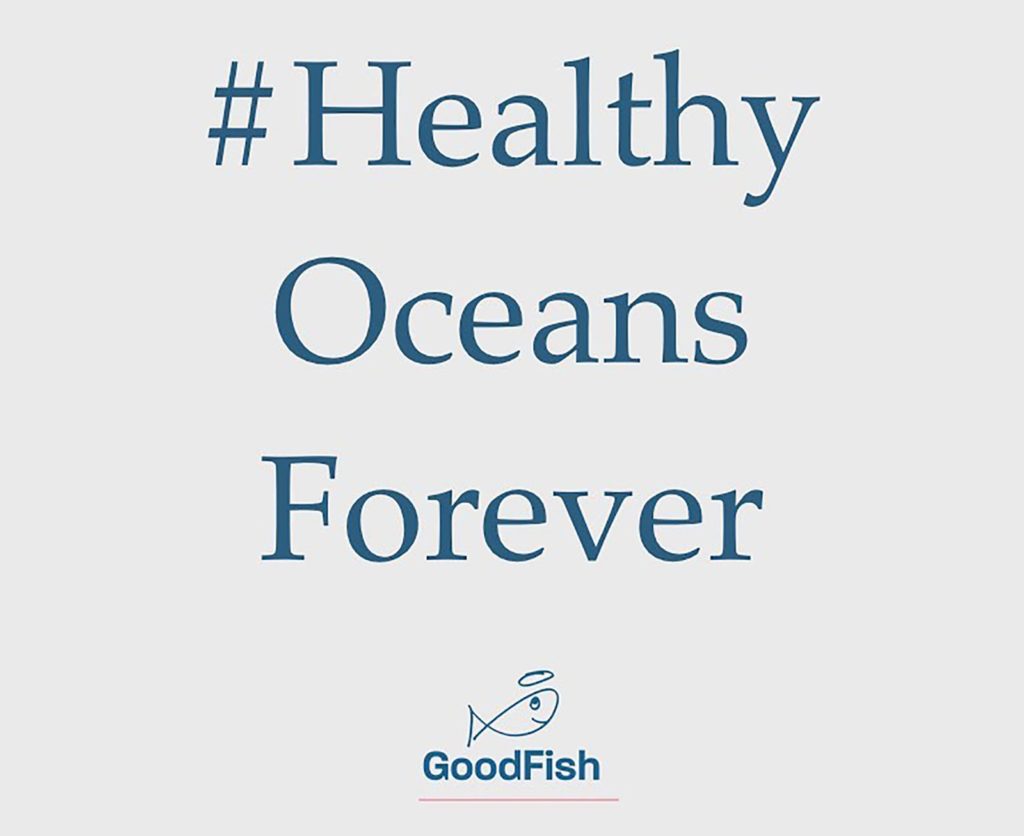Seaspiracy: your questions answered
The latest Netflix “truth behind your food” documentary Seaspiracy details the global impact of the commercial fishing industry. Following its release, the Australian Marine Conservation Society (AMCS) has been approached by its supporters to address the many problems the documentary raises and what’s being done about them. As Australia’s only marine-focused charity, the AMCS has been speaking up for our oceans for more than 55 years. They’ve welcomed the conversation that Seaspiracy has started, and have briefly addressed some of the questions they’ve received below.

Is sustainable seafood possible?
For some people, choosing not to eat seafood is a practical way to ensure their money doesn’t support the damage commercial fishing can cause. But many people do choose to eat fish, and the AMCS GoodFish program can help them make better choices. It uses the available science to assess the sustainability of commercial fishing and farmed seafood.
If you eat seafood, using the GoodFish Sustainable Seafood Guide can help you to choose wisely, whether you’re at the supermarket or fishmonger, or ordering at a restaurant. GoodFish is free of government and industry funding or influence and is an up-to-date, reliable and credible source of information on the sustainability of Australian seafood.
A number of different species from around the country are listed in the guide as Green “Better Choice”. The AMCS sets an incredibly high standard for a Green listing in its GoodFish guide, so by choosing Green-listed seafood you will not be further risking the extinction of marine species, or causing irreparable damage to our ocean ecosystems.

How big a threat is bycatch?
Bycatch is something the AMCS has been battling for years, campaigning hard to protect threatened species, expand marine protections and stop damaging fishing practices like deep water trawling and gillnets. Right now, the AMCS is working to get cameras installed on fishing vessels operating in our Great Barrier Reef to get a true picture of the scale of bycatch of dugongs, turtles, sawfish and dolphins in gillnets. They are also fighting for strict regional limits on the number of endangered species that can be caught. This will allow these iconic species to recover to healthy populations.

What about abandoned and discarded fishing nets?
Discarded fishing nets, often called “ghost gear”, are deadly for our ocean creatures. Lost and abandoned gillnets, trawl nets and crab pots are designed to catch and kill wildlife. This dangerous material can last for many years, just floating about. According to some estimates, it makes up 10 percent of all plastic in the ocean.
In the Northern Territory, through the Keep Top End Coasts Healthy alliance, the AMCS has been supporting Aboriginal ranger groups to tackle the tide of marine debris washing up on their otherwise pristine coast, including ghost nets washing up from international waters.
Ultimately, the threat of ghost gear is a global problem which needs a global solution. The AMCS is fighting for Australia to take a leading role in pursuing a Global Oceans Treaty. This will ensure human activities are strictly assessed and properly managed, so that issues like lost fishing gear are considered when allowing fisheries to operate in international waters.

What about the issue of industrial scale fishing?
The AMCS fought hard to have super trawlers banned from fishing in Australian waters. It was a leading organisation in the fight to stop the super trawler Margiris from fishing here. The AMCS also works with conservation partners, communities and governments to protect our marine life from industrial fishing. The Margiris ended up leaving Australian waters; mega-boats have since been banned from fishing here. This means we now don’t see the types of industrial fishing in Seaspiracy close to our coast. However, larger fishing boats do operate in our territorial waters, which is why the AMCS fights for marine sanctuaries.
The AMCS also works to improve policy and laws to ensure future generations of Australians can access seafood and that marine wildlife is protected from harm. The organisation does this with governments around Australia. AMCS representatives are also instrumental in making the conservation case in fishery management forums around the country.

Is fishing the biggest threat to the Great Barrier Reef?
No. Climate change is by far the biggest threat to the reef. But unsustainable commercial fishing and water pollution from land-based run-off are also significant issues. The AMCS has dedicated experts working to mitigate all of these threats to a healthy reef ecosystem.

Can I do more to help?
Yes, we can all do more. But the AMCS can’t do it without ongoing support from ocean lovers like you. Head to the AMCS sight to take action by signing petitions, sending targeted emails and taking pledges. You can also check out the AMCS’s latest campaign information.
Seaspiracy is now streaming on Netflix. You can watch the trailer here.









